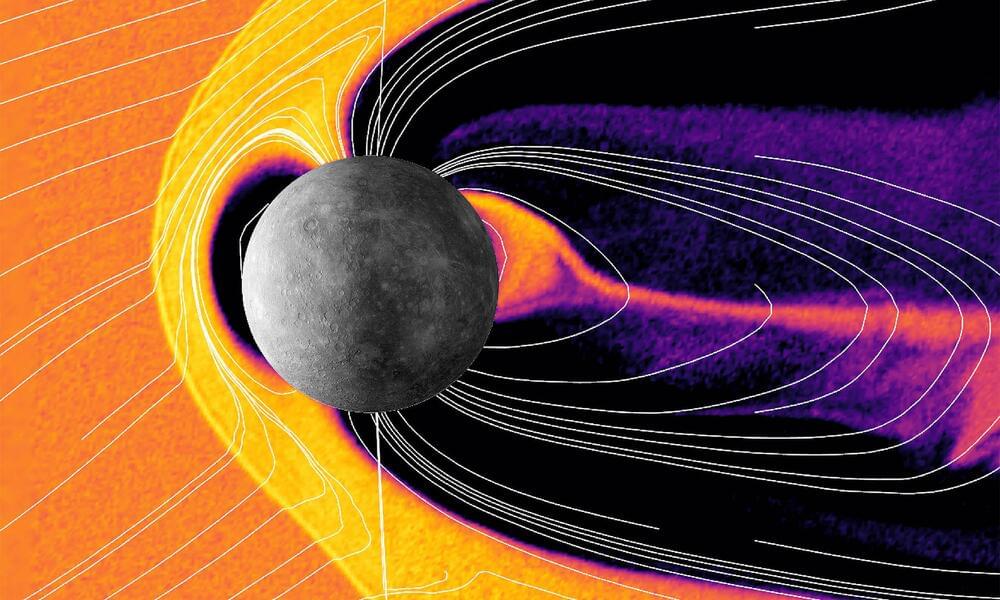Growing Fungal Space Habitats
Category: space – Page 171
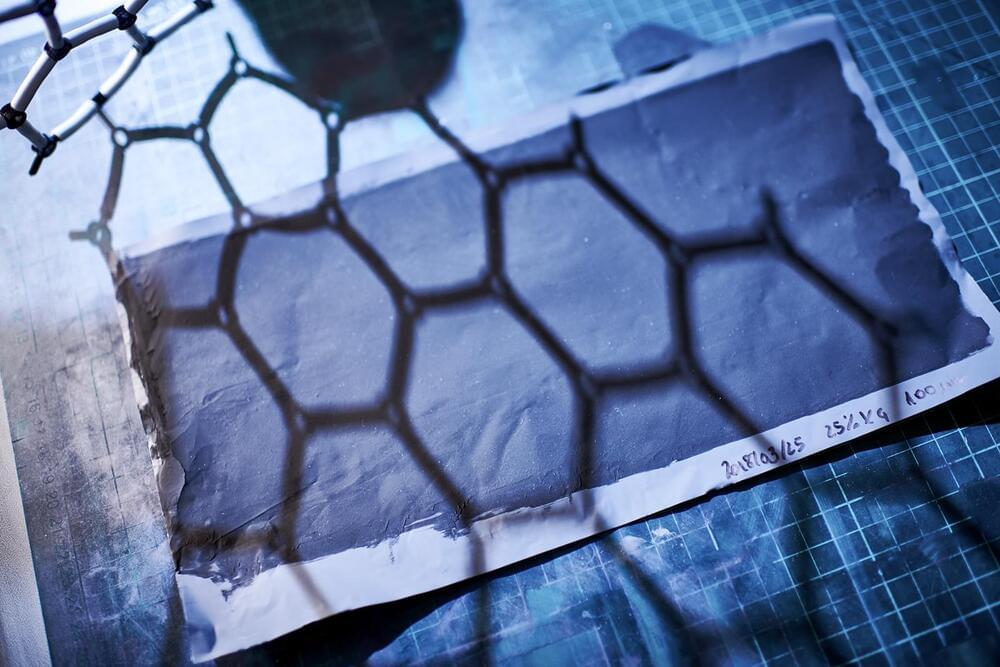
Twenty years after its discovery, graphene is finally living up to the hype
Manchester, England— On a rare sunny day in northern England, the National Graphene Institute (NGI) here gleams like a five-story block of obsidian. Squeezed into the University of Manchester’s sprawling downtown campus, the research center is clad in almost 2000 lustrous black panels with small hexagonal perforations—an architectural nod to the structure of the atom-thin sheet of carbon that gives the building its name.
NGI exists because graphene was first isolated a short walk away in a University of Manchester lab. Andre Geim and Konstantin Novoselov presented it to the world 20 years ago this month and later won a Nobel Prize for the work. Since its unveiling, billions of dollars of R&D funding have flowed to graphene, in a global race to exploit its peerless properties. It is better at carrying electricity than any metal, a superb heat conductor, and hundreds of times stronger than steel—selling points trumpeted in the marketing materials of universities and companies alike.
Early on, researchers were not shy about promising graphene breakthroughs, with predictions that it would enable superthin rollable TVs and space elevators, and even supplant silicon in computer chips. “Expectations were very, very high,” Geim says. “The companies I was involved in were mostly based on hype.”
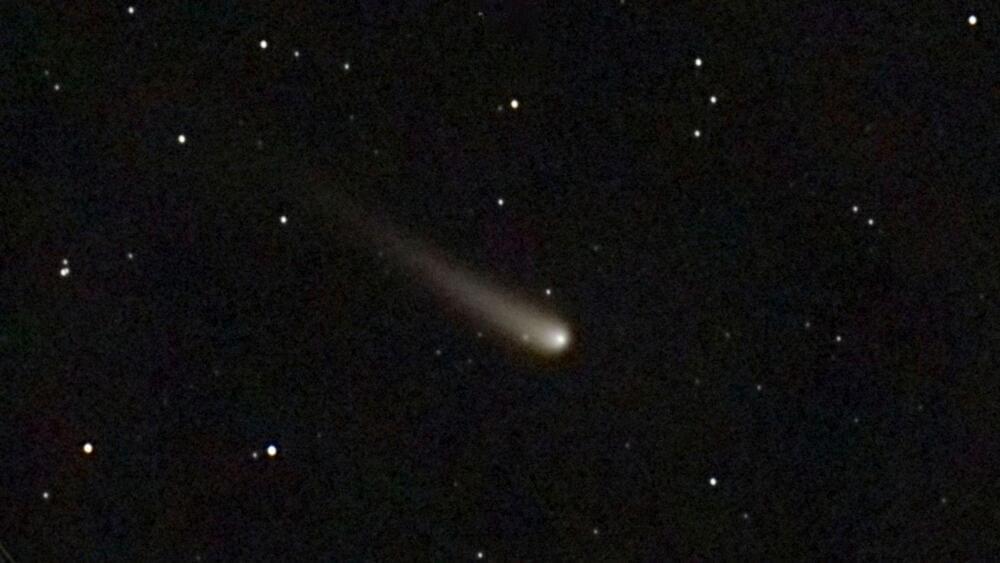
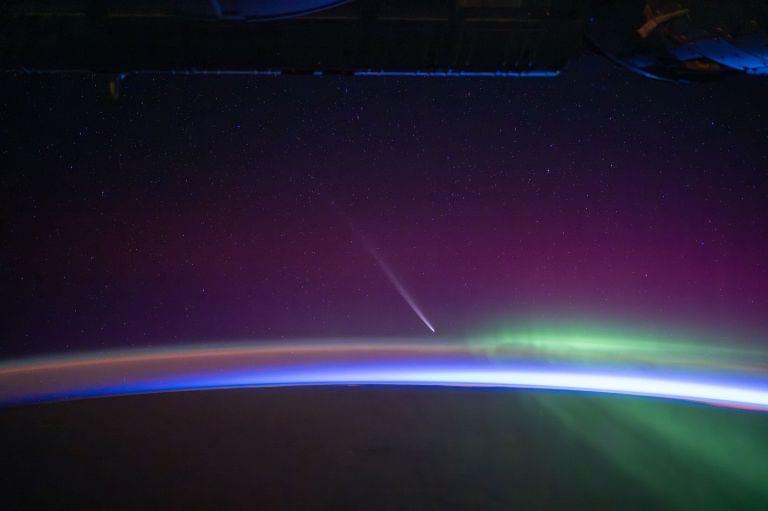
Comet likely last seen when Neanderthals walked Earth could soon dazzle in the night sky
A recently discovered comet, known as C/2023 A3 Tsuchinshan–ATLAS, will make its closest approach of Earth on Saturday. Sky-gazers won’t want to miss the event since it may be the last time the comet will be seen in the night sky for another 80,000 years.
The comet successfully reached perihelion, its closest point to the sun in its orbital path around the parent star, on September 27, and was visible for those in the Southern Hemisphere in September and early October. Now, the icy body is on its way out of the inner solar system and will be visible to those in the Northern Hemisphere in mid-October through early November, according to NASA.
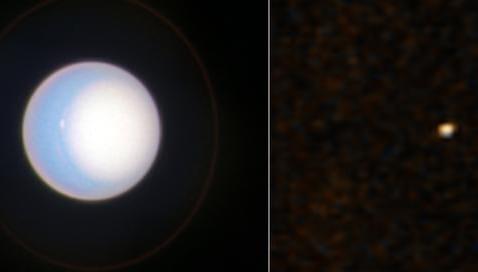
Beyond Our Solar System: How Uranus Prepares Us for Exoplanet Discovery
“Studying how known benchmarks like Uranus appear in distant imaging can help us have more robust expectations when preparing for these future missions,” said Samantha Hasler. “And that will be critical to our success.”
How can Uranus teach us about exoplanets? This is what a recent study presented at the 56th annual meeting of the American Astronomical Society (AAS) Division for Planetary Sciences (DPS) hopes to address as a team of researchers investigated how gas giants like Uranus can be used to better understand the characteristics of exoplanets. While exoplanets have been discovered using the direct imaging method, no exoplanet has been directly imaged itself. Therefore, this study holds the potential to use gas giant planets within our solar system as analogs for exoplanets throughout the cosmos.
For the study, the researchers analyzed data collected from NASA’s New Horizons spacecraft and the Hubble Space Telescope to study the atmosphere of Uranus in various wavelengths. Both telescopes exhibit different imaging properties, as Hubble is built to obtain up-close images from far away while New Horizons is built to obtain up-close images from close-up. As a result, the images from Hubble revealed far more detail while the images from New Horizons revealed Uranus as a small dot.
“Uranus appears as just a small dot on the New Horizons observations, similar to the dots seen of directly-imaged exoplanets from observatories like Webb or ground-based observatories,” said Samantha Hasler, who is a PhD Candidate at the Massachusetts Institute of Technology and lead author of the study. “Hubble provides context for what the atmosphere is doing when it was observed with New Horizons.”

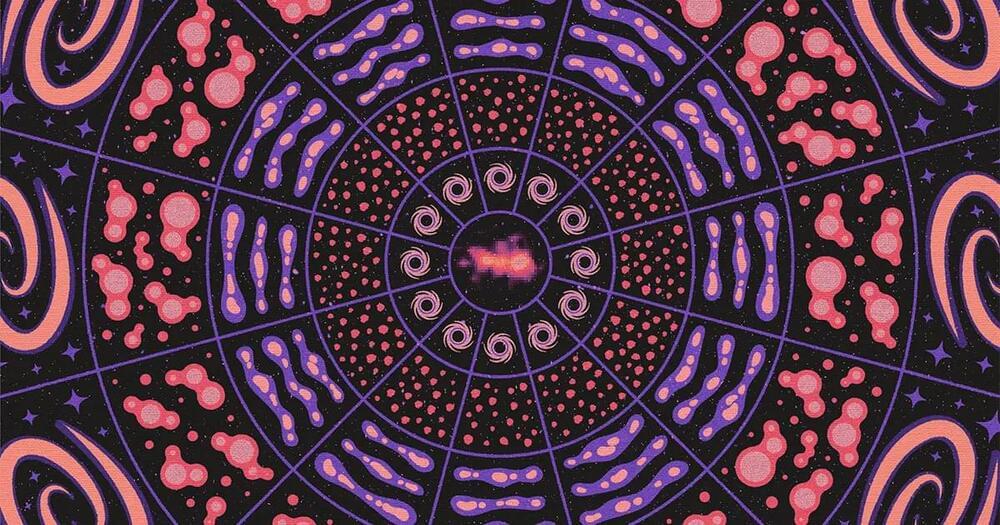

The Sun Unleashed a Huge Solar Flare at Earth, And We’re on Aurora Alert
The Sun has started spooky season with a bang, letting loose on October 1 with a colossal flare and coronal mass ejection headed right for Earth.
The flare clocked in at X7.1 – the second most powerful flare of the current solar cycle, and one of the most powerful solar flares ever measured, sitting within the top 30 flares over the last 30 years.
We’re not in any danger, but the NOAA’s Space Weather Prediction Center has forecast minor to strong geomagnetic storms over the next few days, from 3 to 5 October, as we await the gust of solar particles as the coronal mass ejection blasts through the Solar System.
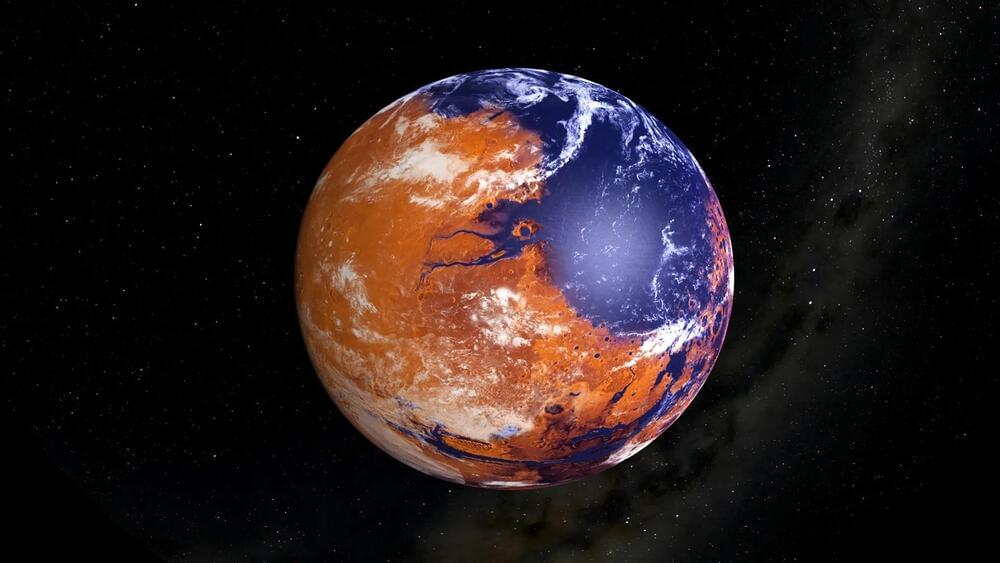
The Habitable Mars? Examining Isotopes in Gale Crater
“The isotope values of these carbonates point toward extreme amounts of evaporation, suggesting that these carbonates likely formed in a climate that could only support transient liquid water,” said Dr. David Burtt.
Was the planet Mars ever habitable and what conditions led to it becoming the uninhabitable world we see today? This is what a recent study published in the Proceedings of the National Academy of Sciences hopes to address as a team of researchers from the United States and Canada investigated how carbonate minerals found within Gale Crater on Mars could help paint a clearer picture of past conditions on the Red Planet and whether it was habitable. This study holds the potential to help scientists better understand the formation and evolution of Mars and whether it once had the necessary conditions to support life as we know it.
Studying carbonate minerals is important due to their ability to tell scientists how a climate formed and evolved over time, with these carbonate minerals containing large amounts of carbon and oxygen isotopes, specifically Carbon-13 and Oxygen-18, which the study notes is the highest amount of these isotopes identified on the Red Planet. Carbon-13 and Oxygen-18 are known as environmental isotopes, which are used to better understand the interactions between a planet’s ocean and atmosphere and how life could exist. While Earth is the only known planet to support life, studying these isotopes on Mars could help scientists better understand if life could have formed on Mars long ago.
